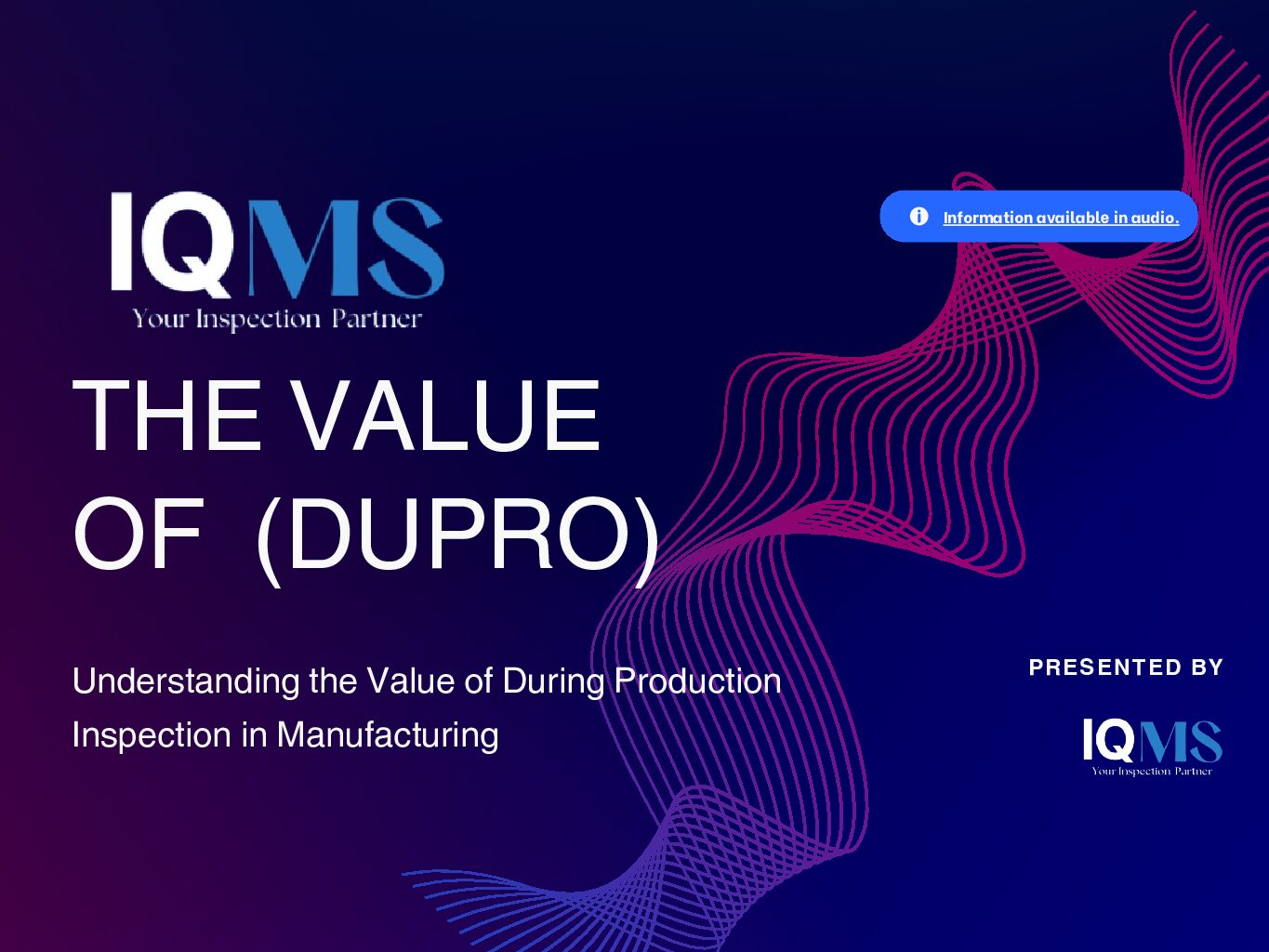Introduction:
In a world where food safety, product integrity, and consumer trust are paramount, manufacturers and producers face a monumental challenge: ensuring the products they deliver are safe for consumption. Enter Hazard Analysis and Critical Control Points (HACCP), a systematic approach that serves as the cornerstone of modern food safety management. In this article, we delve into the world of HACCP, exploring its principles, benefits, and how it acts as a shield against potential hazards, with concrete examples, details, and statistics.
Understanding HACCP:
HACCP is a preventive risk management system that identifies, evaluates, and controls potential hazards at every stage of food production and distribution. By breaking down the process into critical control points, HACCP ensures that risks are systematically assessed and managed to prevent any harm to consumers.
Identifying Potential Hazards:
The journey begins with hazard analysis – a thorough assessment of potential biological, chemical, and physical hazards that might compromise product safety. This proactive identification forms the foundation for designing control measures that mitigate risks.
Critical Control Points: Safeguarding Quality:
HACCP defines Critical Control Points (CCPs) – stages where control measures are applied to prevent, eliminate, or reduce hazards to acceptable levels. These points act as gatekeepers, ensuring that only safe products move forward in the production process.
Customized Plans for Unique Risks:
Every production process is unique, which is why HACCP plans are tailored to specific operations. Whether it’s a meat processing facility or a dairy production line, HACCP plans are meticulously designed to address individual hazards and challenges.
Continuous Monitoring and Verification:
HACCP goes beyond mere implementation. Regular monitoring of CCPs guarantees that control measures are effective, and risks are minimized. Verification through testing, sampling, and audits ensures the system’s reliability and effectiveness.
Averting Potential Disasters:
Imagine a seafood processing plant that employs HACCP. By identifying a critical control point for proper cooking temperatures, the plant prevents the risk of bacterial contamination and potential foodborne illnesses.
Collaboration and Compliance:
HACCP transcends organizational boundaries. Suppliers, manufacturers, and distributors collaborate to ensure that the entire supply chain adheres to safety measures. This unified effort safeguards consumers and bolsters industry-wide trust.
Real-World Impact:
The success of HACCP is showcased by the substantial reduction in foodborne illnesses in industries where it’s implemented. For instance, a case study in the dairy industry demonstrated a 50% decrease in contamination incidents after adopting HACCP principles.
Concrete Examples and Statistics:
- According to the World Health Organization (WHO), implementing HACCP principles has led to a significant reduction in foodborne illnesses worldwide, saving countless lives.
- Source: https://www.who.int/news-room/fact-sheets/detail/food-safety
- In the poultry industry, HACCP has resulted in a remarkable decrease in Salmonella contamination incidents, making poultry products safer for consumers. Source
Conclusion:
In an era where food safety is a universal concern, HACCP emerges as a beacon of assurance. By systematically identifying hazards, establishing critical control points, and implementing stringent control measures, HACCP transforms the food industry landscape. Beyond compliance, HACCP is about safeguarding consumers, protecting reputations, and contributing to a safer, more confident world where risks are mitigated, and trust thrives. It’s a tangible testament to the power of proactive risk management in ensuring food safety and consumer well-being.



